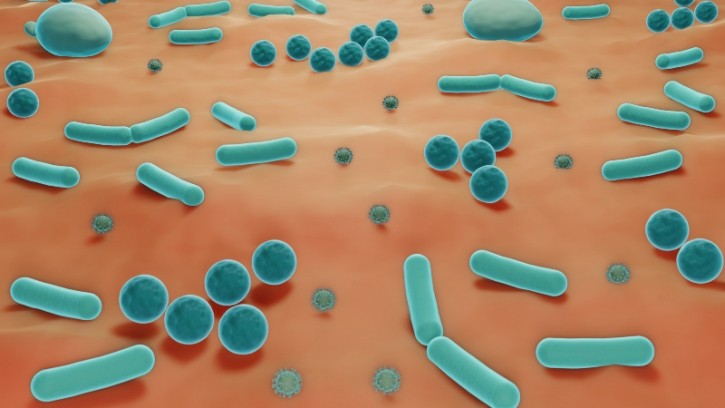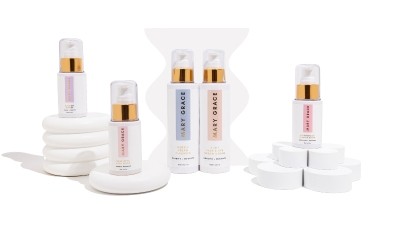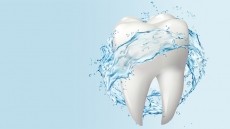Control of skin microbiota crucial for developing novel therapeutic and probiotic application strategies – review

The skin is a pivotal barrier between the human body and the environment, with the total area, including hair follicles and sebaceous glands, inhabited by microbiota exceeding 30m2.
In particular, the skin microbiome is central to both homeostasis and pathogenesis. Disturbances in microbial composition and abnormal growth of certain bacteria are associated with various skin diseases, such as atopic dermatitis (AD).
As such, Japanese researchers have conducted a review of studies to evaluate the strains of skin commensals that affect disease severity and the skin microenvironment suitable for the development of bacteriotherapy.
Besides barrier dysfunction and immunological abnormalities, AD involves dysbiosis (alteration in microbial composition), leading to proliferation of specific strains of Staphylococcus aureus (S. aureus) and decreased diversity of the microbial community.
“Studies have shown that the local growth of S. aureus in the skin, and the production of toxins and proteases induce inflammation via both innate and acquired immunity. S. aureus toxin production is enhanced in the lesions developed by AD patients and is correlated with disease activity,” the authors wrote.
The cutaneous microbial composition of both lesions and non-lesions in people with AD differs from that of healthy individuals. Notably, S. aureus is detected at high rates in both lesions and non-lesional skin of these patients.
Furthermore, recent studies have revealed that the skin microbiome is involved in mosquito-borne viral infections such as dengue and Zika.
“Viral infections increase skin microbiota that produce mosquito-attractant chemicals, and consequently accelerate mosquito-borne viral transmission. Overall, the function of skin commensal microorganisms is still largely unknown, and is a subject for future investigation on the pathogenesis of skin and systemic diseases.”
Beyond conventional antibiotic drugs, a new treatment method known as bacteriotherapy has gained attention in the dermatology field.
Bacteriotherapy includes probiotic therapy using defined living microorganisms that confer a health benefit for the host.
As host-microbiota interactions are strain-specific rather than species-dependent, specific strains are preferred for therapeutic uses. Staphylococcus epidermidis (S. epidermidis) is an example of a skin commensal microorganism that is being explored as a probiotic.
For instance, probiotic application of S. epidermidis strains producing extracellular serine protease (Esp) could be useful to eliminate S. aureus from the nostrils.
In a small randomised clinical trial, the application of a specific strain of S. epidermidis isolated from the subjects themselves increased facial lipid concentration and moisture retention, with less risk of inducing skin redness.
Microbiota as new therapeutic options
While the microenvironments required for stable bacterial colonisation and beneficial host-microbiota interactions remain to be studied, several strains that potentially have therapeutic effects have been reported.
For example, the application of Roseomonas mucosa (a Gram-negative bacterium) to AD lesions showed an improvement in inflammation, reduction in S. aureus, and promotion of tissue repair.
Several strains of lactobacilli have been found to exert antipathogen responses directly or indirectly through the secretion of secrete antimicrobial molecules (AMPs), which inhibit S. aureus growth and maintain barrier integrity of the stratum corneum.
Specifically, topical application of Lactobacillus reuteri DSM 17938 has demonstrated anti-inflammatory effects in people with AD.
According to the authors, no adverse events due to the administered bacteria were observed, suggesting that live bacteria could be safely applied.
“Although the testing of new probiotics is developing at an accelerated pace, further validation of the long-term therapeutic efficacy, safety, and application methods of these live bacterial preparations is warranted.
“As most of them target S. aureus, their clinical use should be carefully evaluated in each case for early confirmation of whether they can control the pathogen in patients with AD.”
Source: ScienceDirect
https://doi.org/10.1016/j.mib.2023.102311
“Dissecting skin microbiota and microenvironment for the development of therapeutic strategies”
Authors: Yoshihiro Ito, et al










![Chinese study highlights mental health challenges in atopic dermatitis, emphasising holistic patient care. [Getty Images]](https://www.cosmeticsdesign-europe.com/var/wrbm_gb_food_pharma/storage/images/_aliases/wrbm_tiny/publications/cosmetics/cosmeticsdesign-asia.com/headlines/formulation-science/chinese-research-linking-atopic-dermatitis-to-mental-health-underscores-need-for-holistic-care/17040623-1-eng-GB/Chinese-research-linking-atopic-dermatitis-to-mental-health-underscores-need-for-holistic-care.jpg)








